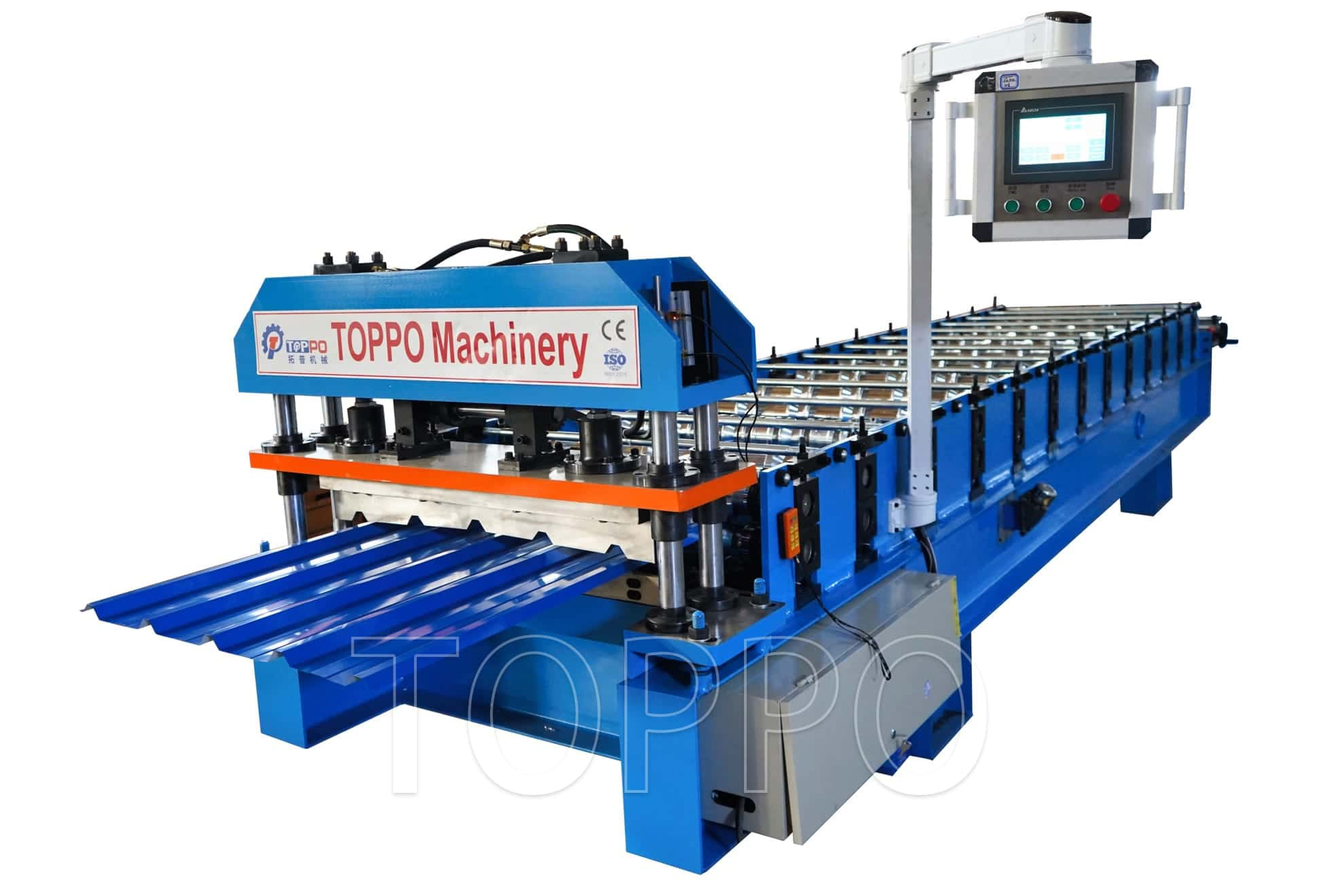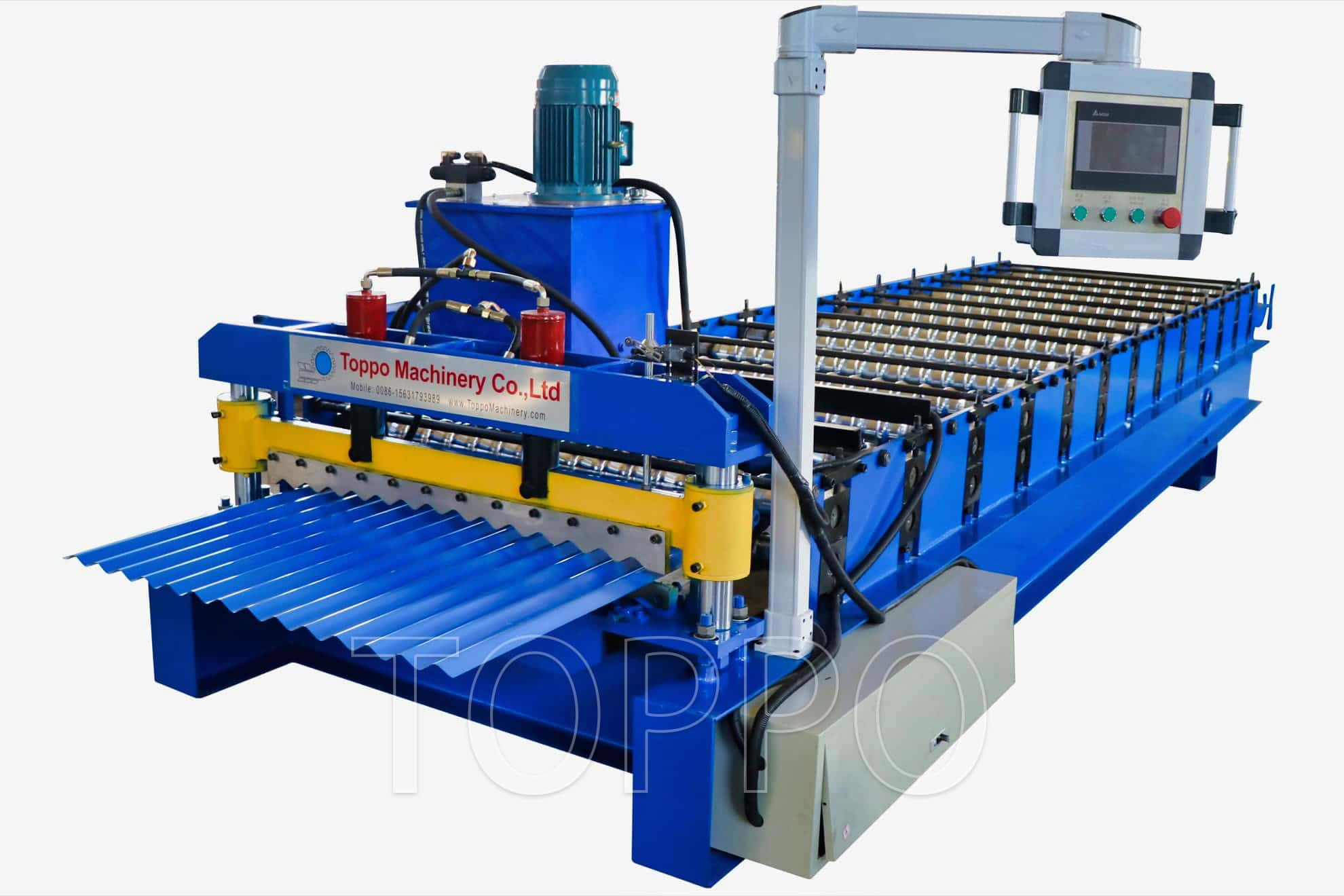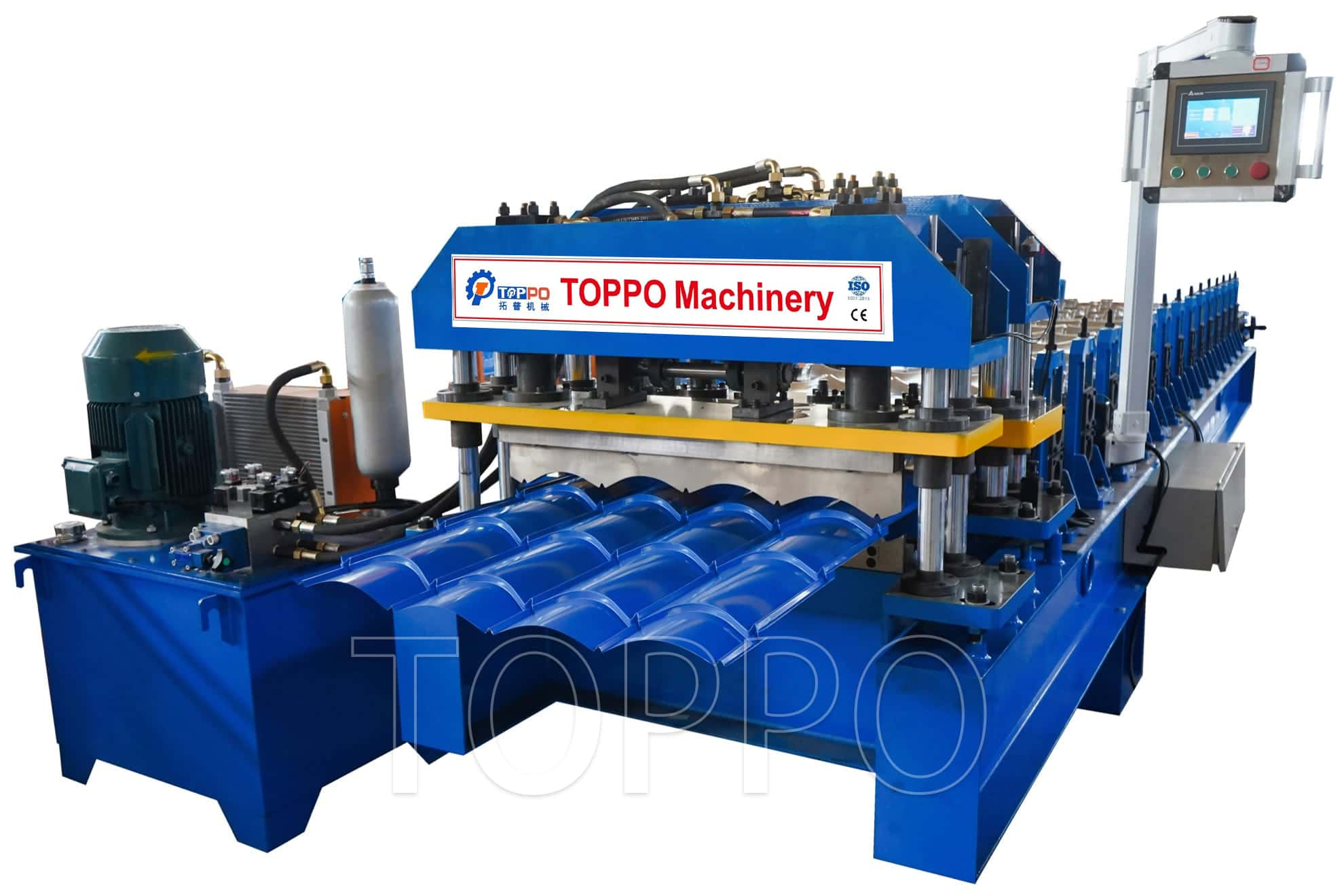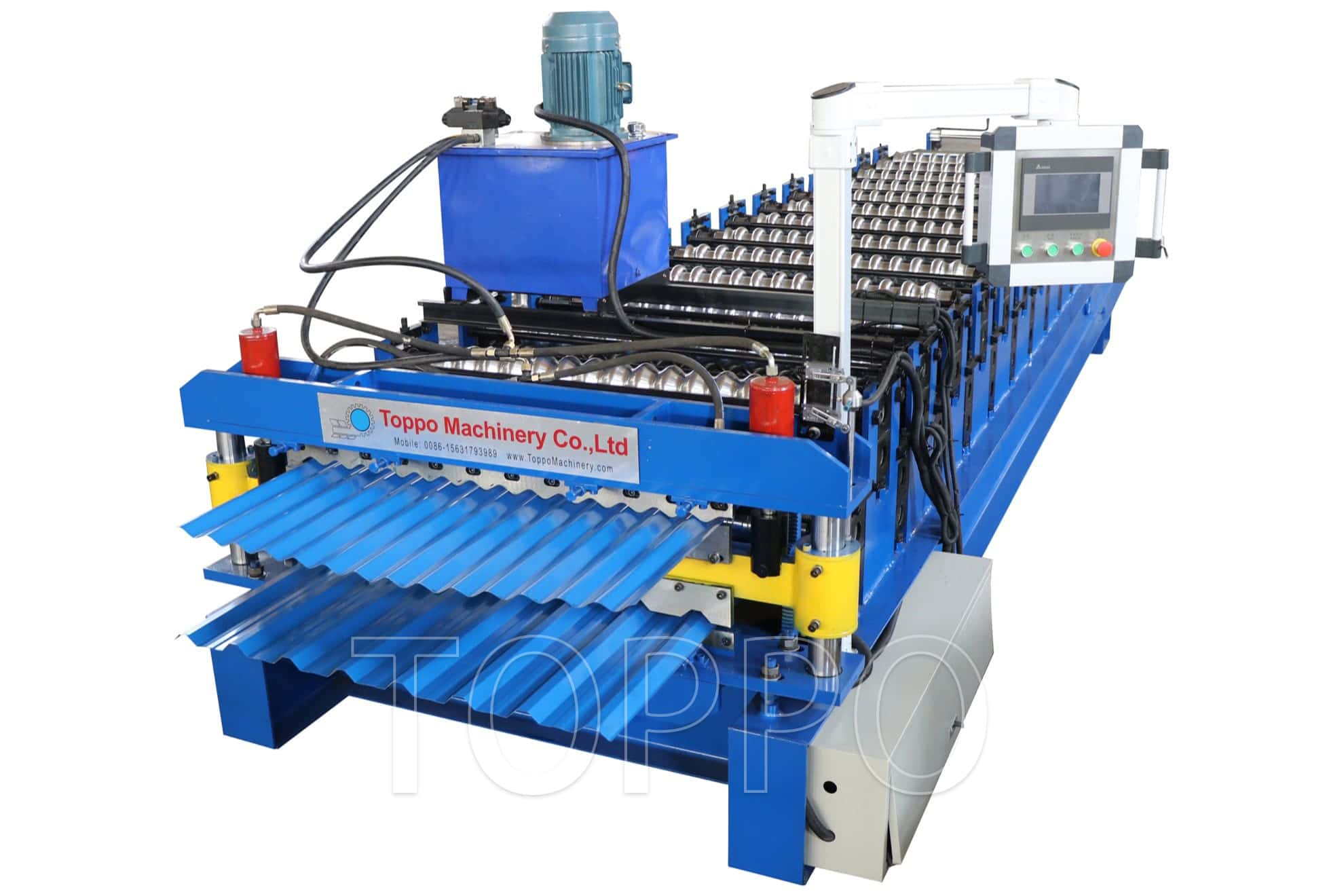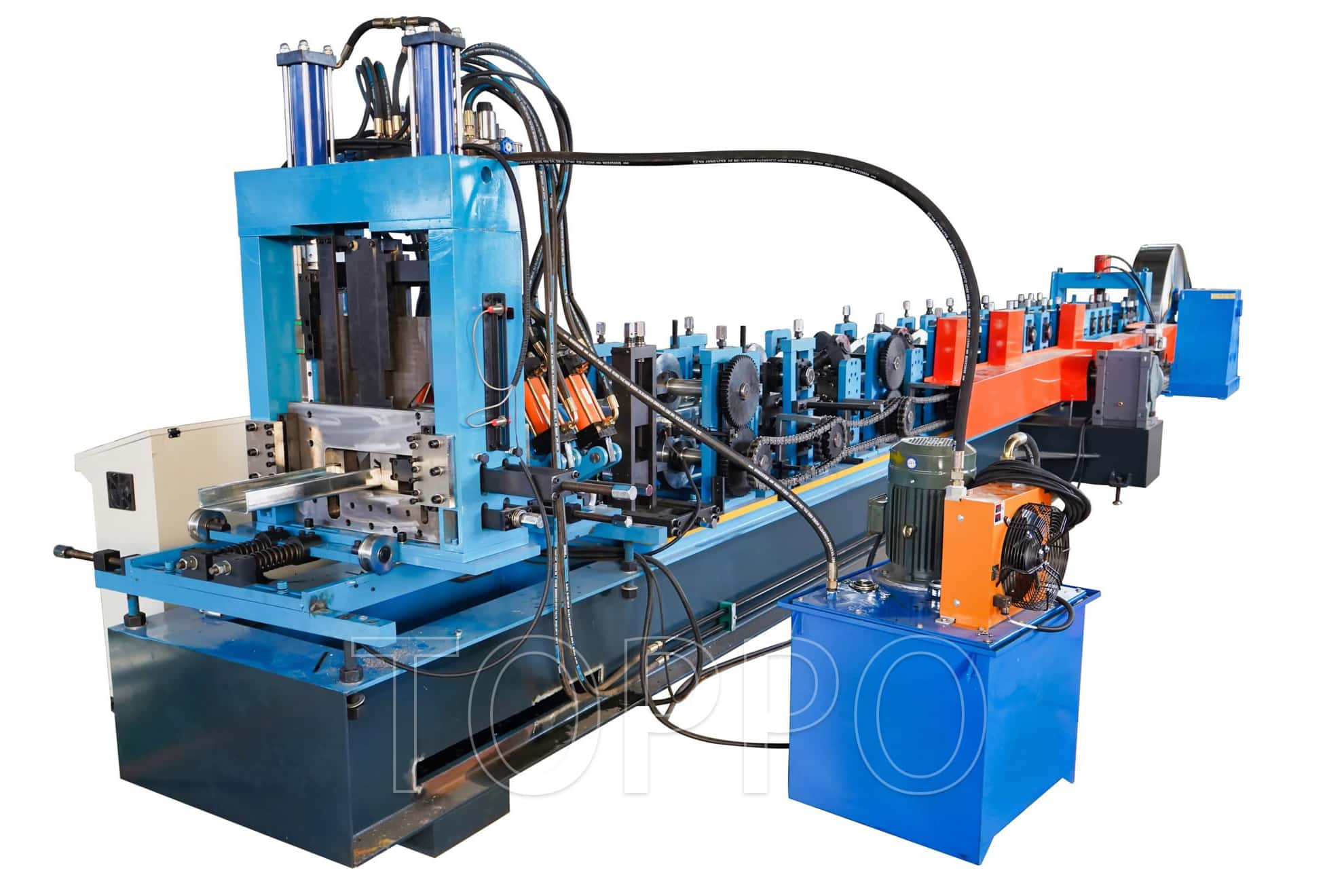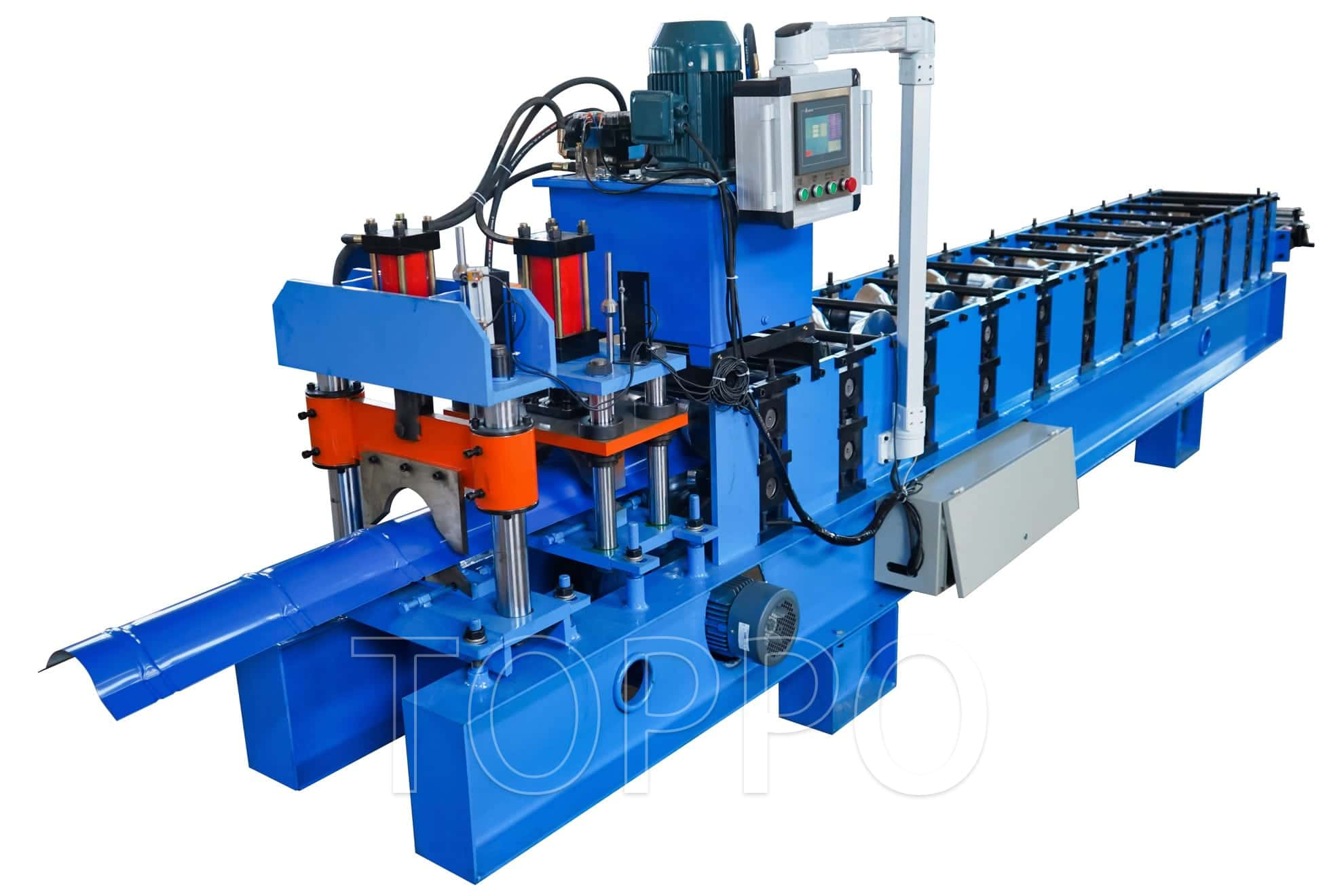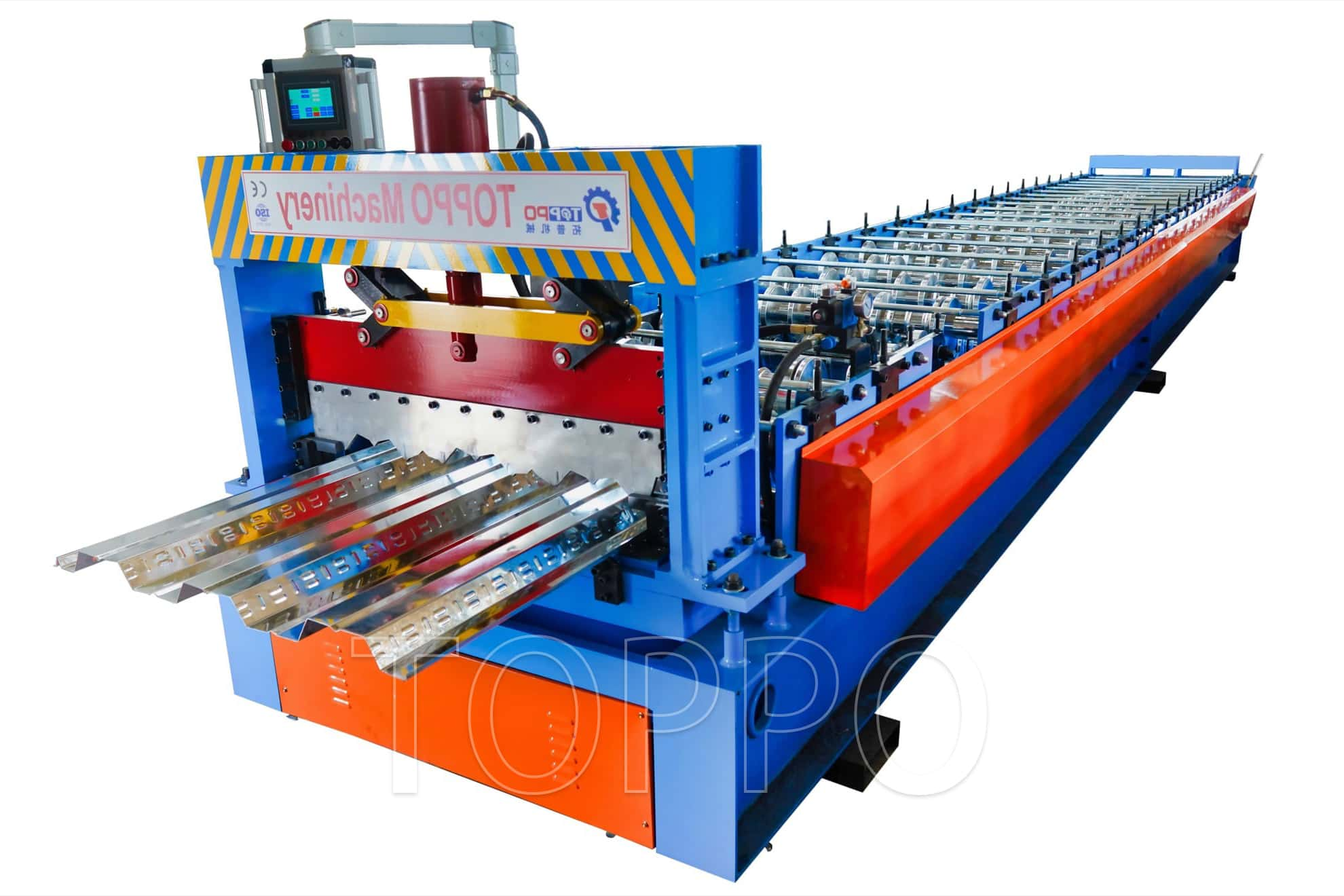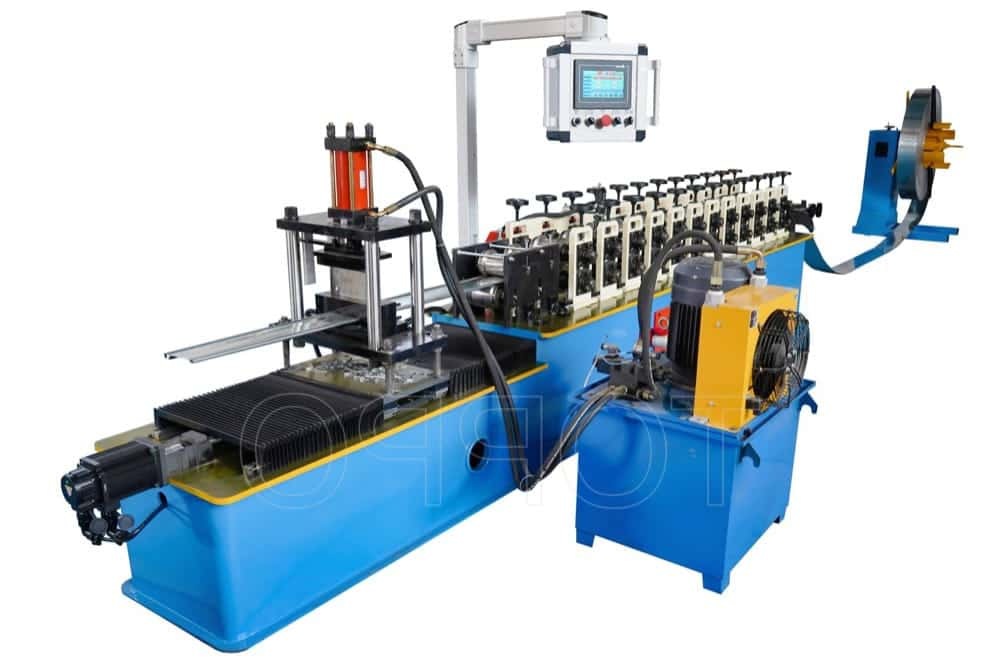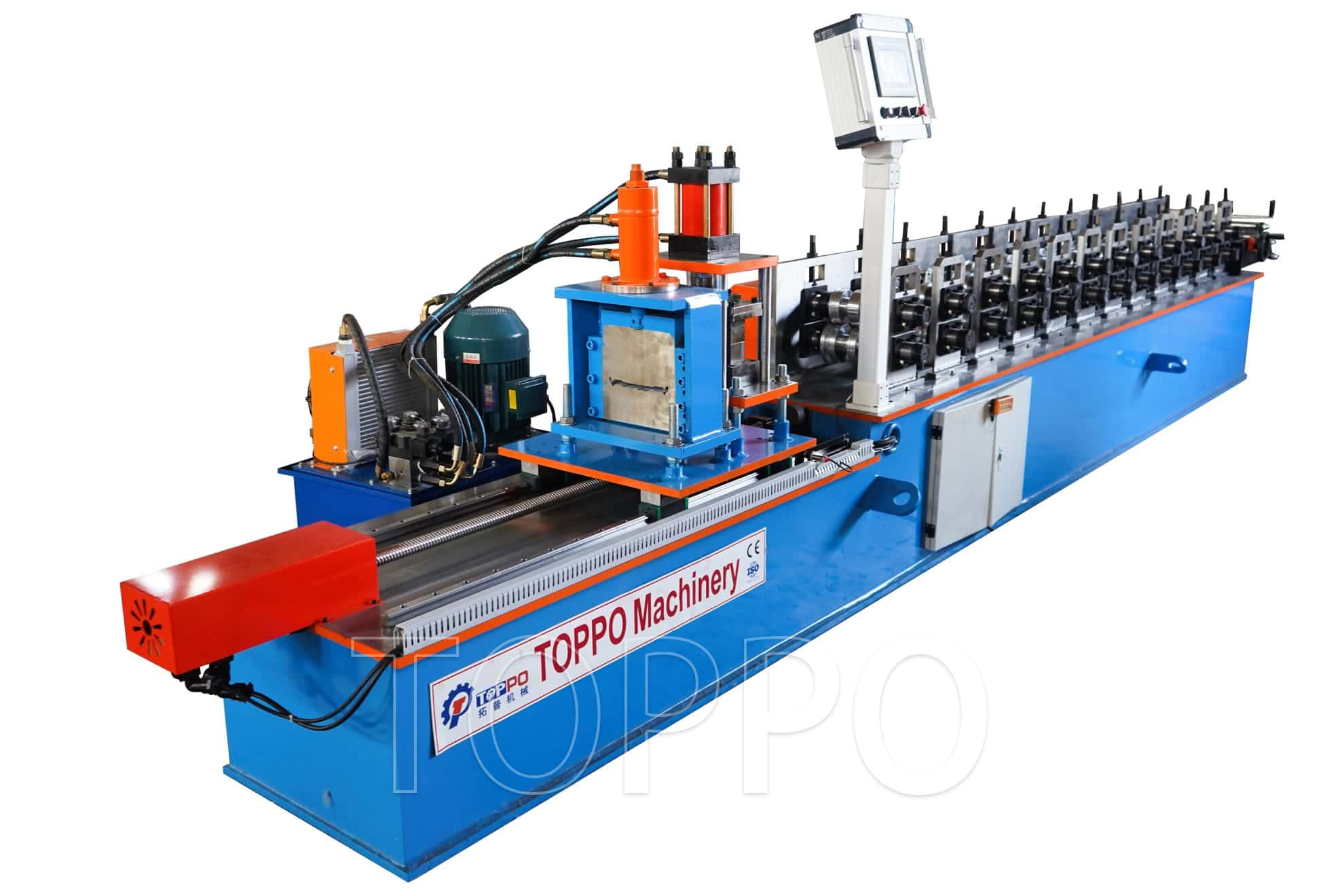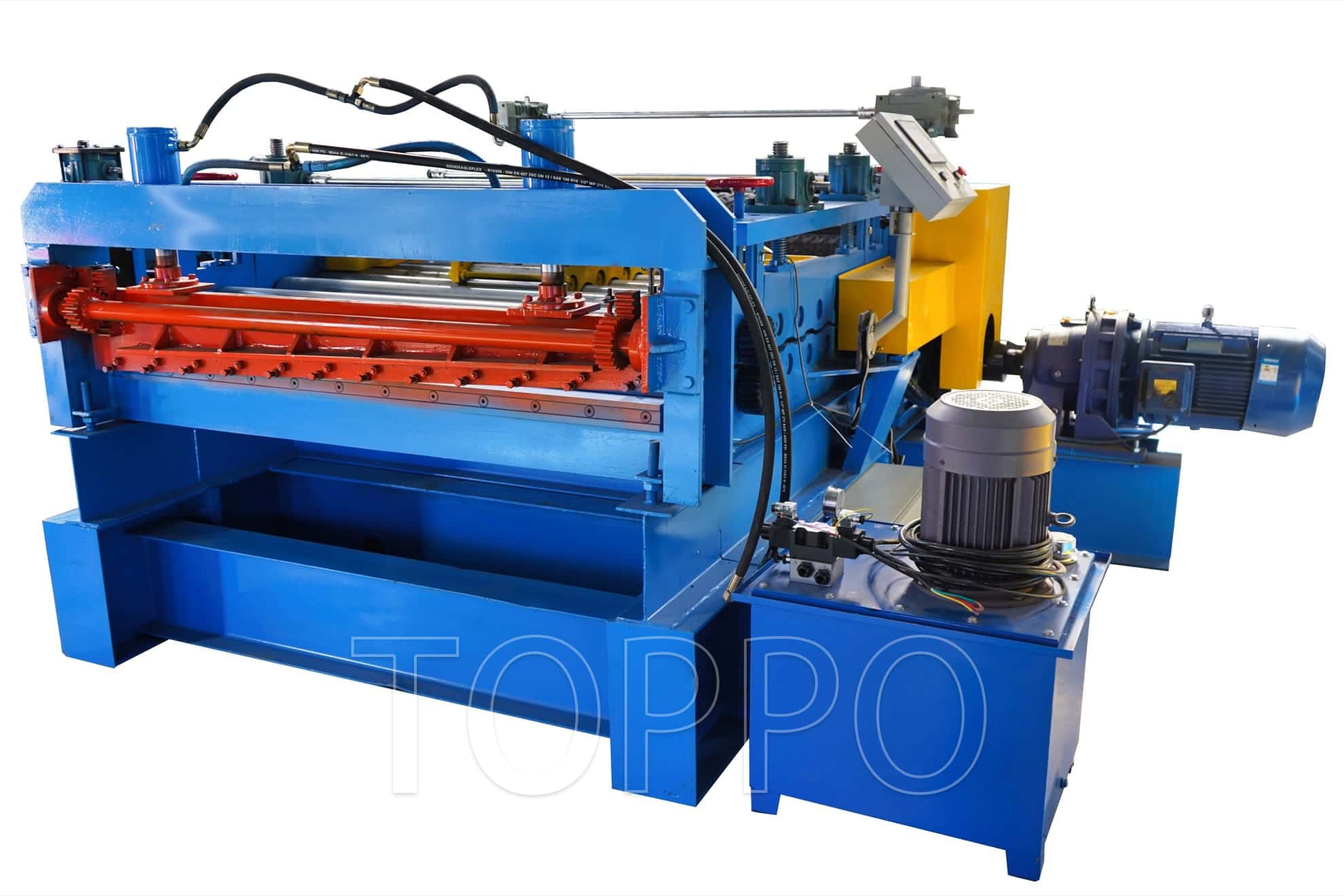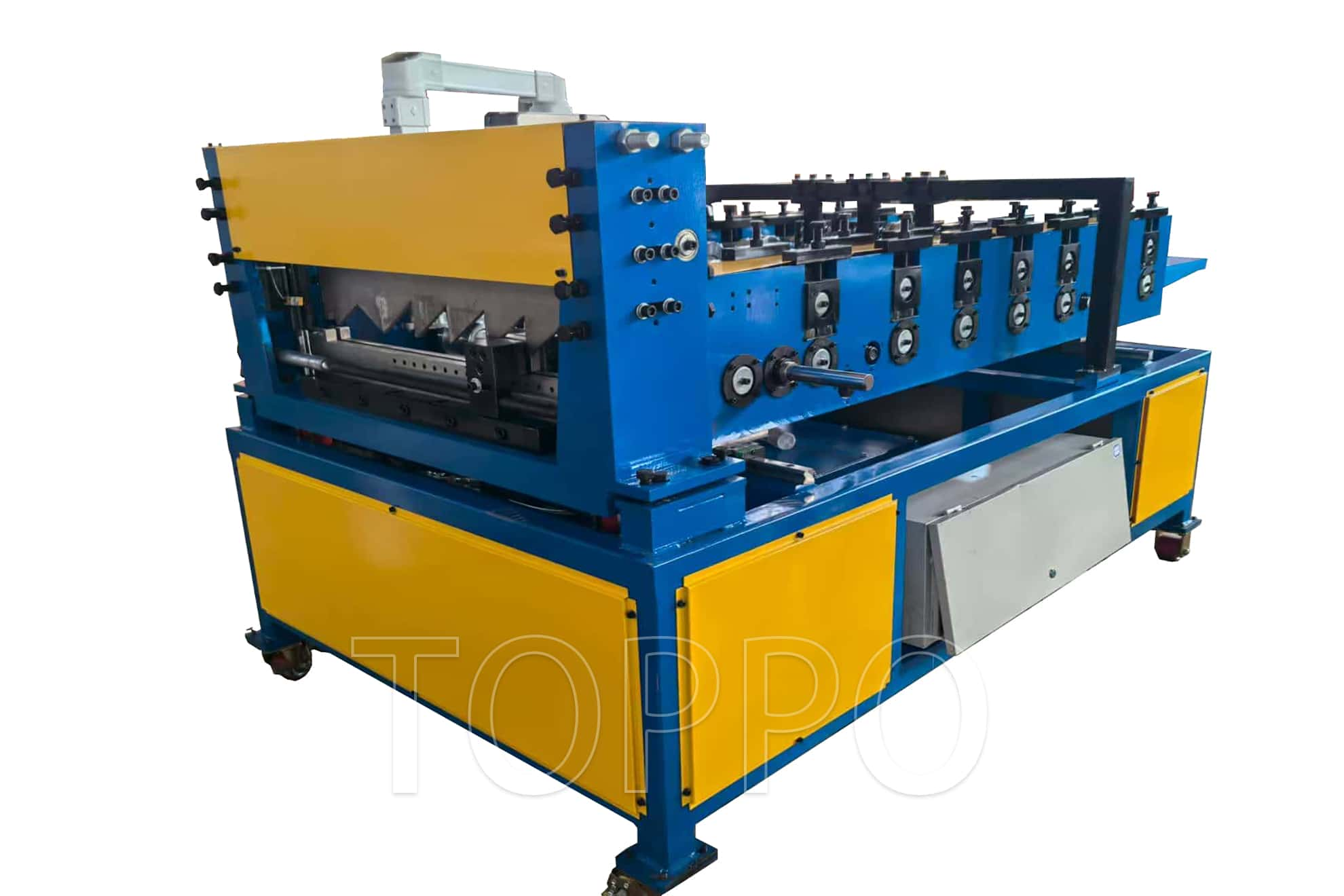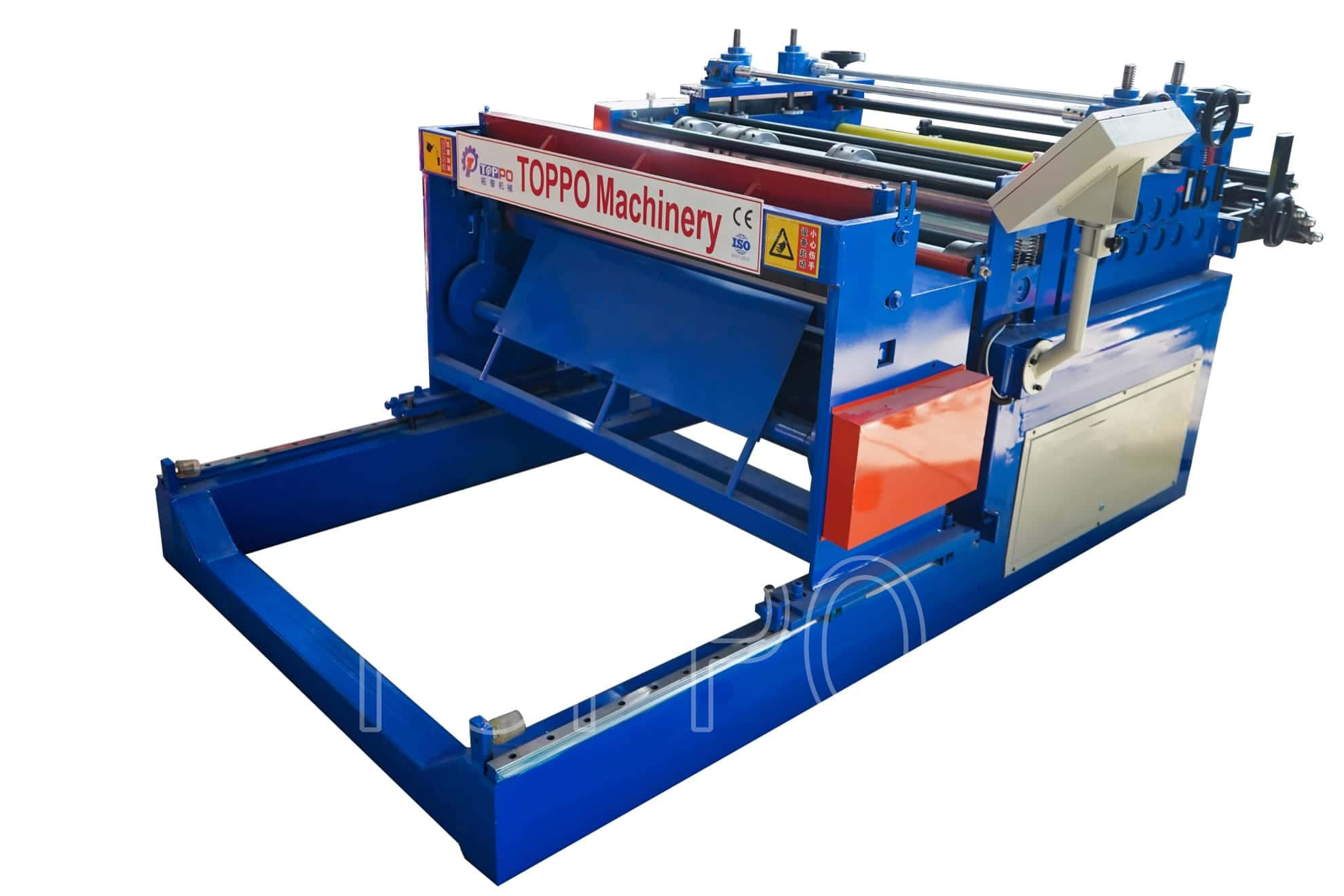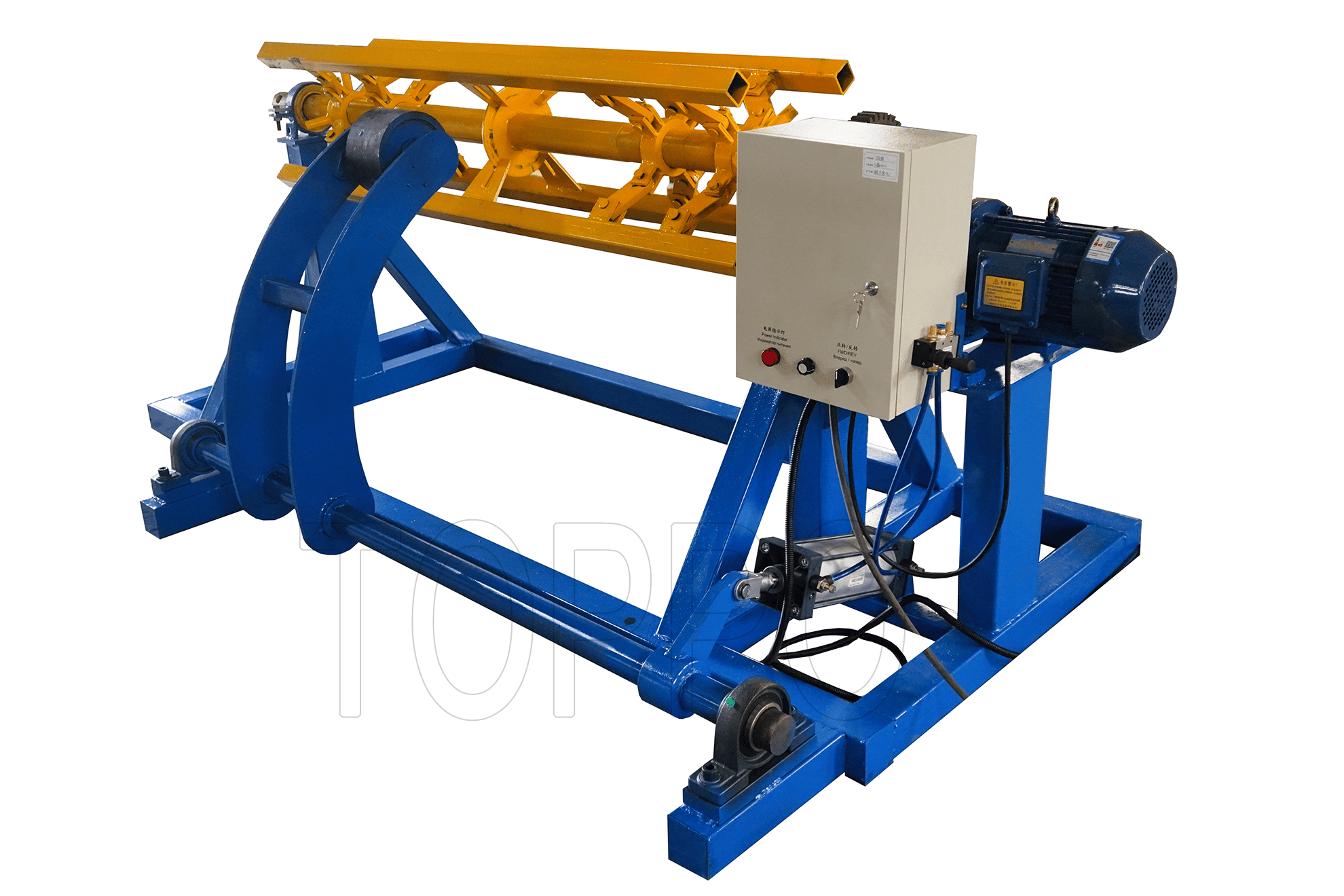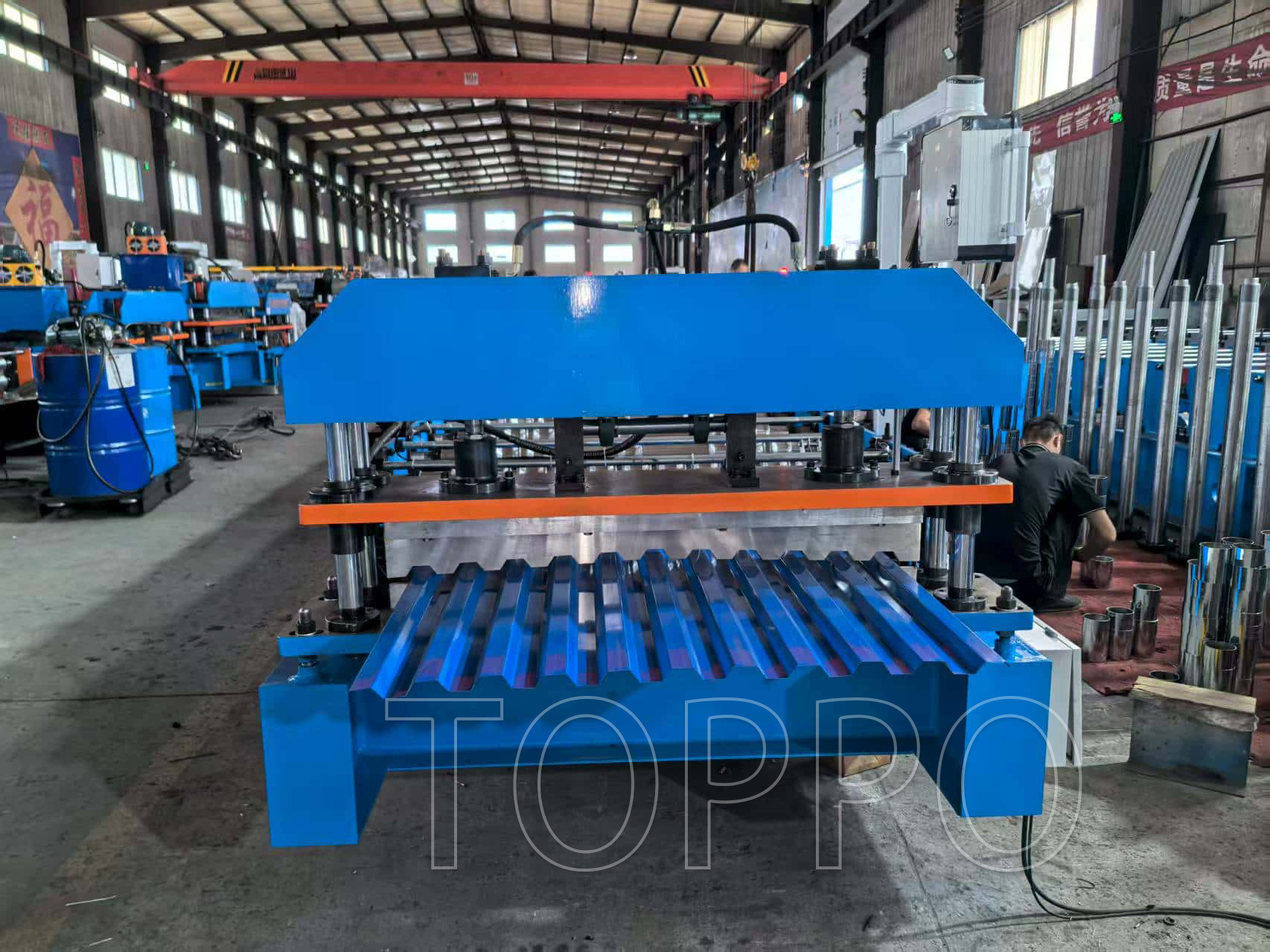- Trapezoidal Machine
- Corrugated Machine
- Glazed Tile Machine
- Double Layer Machine
- CZU Purlin Machine
- Ridge Cap Machine
- Floor Decking Machine
- Rolling Door Machine
- Fence Machine
- Embossing Machine
- Standing Seam Machine
- Cut To Length And Slitting Line
- Guard Rail Machine
- Decoiler And Stacker
- Stud And Track Machine
- Gutter And DownPipe
- Curving Machine
- Cladding Panel Machine
- Corollary Equipment
Best Roofing Sheet Materials for Tropical and Coastal Regions: Practical Guide for Dealers
Choosing the right roofing material is crucial in tropical and coastal climates, where extreme weather and salt-laden air challenge durability and performance. This article explores the most suitable materials, common pitfalls, and shares practical implementation steps for dealers and operators using Automatic Tr5 Tr6 metal trapezoidal roof panel roll forming machine.
1. Key Material Options for Harsh Environments
The primary choices for roofing sheets in these regions are:
Aluminum: Highly resistant to corrosion, lightweight, and easy to shape in a roof panel making machine. However, it may require protective coatings in industrial coastal areas.
Galvanized Steel: Economical and robust, but its zinc layer can degrade in heavy salt exposure without regular maintenance.
Color-Coated Steel: Offers extra protection, especially when formed on a trapezoidal roll forming machine with premium coatings applied pre- and post-forming.
Stainless Steel: The most durable but expensive. Best for critical structures demanding longevity and minimal maintenance.
2. Practical Steps for Material Selection and Processing
Step 1: Assess Local Climate and Risks. Gather weather data—look for humidity, rainfall, and salt levels. Match material to risk: stainless steel for high-salt zones; color-coated for typical tropical regions.
Step 2: Prepare Equipment. Clean the roof panel making machine and trapezoidal roll forming machine thoroughly to avoid cross-contamination from previous jobs.
Step 3: Set Rollers and Blades. Adjust based on actual sheet thickness. Conduct trial runs to ensure precise profile formation and edge integrity.
Step 4: Monitor for Defects. Inspect formed panels for coating cracks, incomplete profiles, or scratches—issues more likely with coated or aluminum sheets if roller tension is misadjusted.
Step 5: Apply Protective Measures. For aluminum and color-coated panels, apply an additional protective layer if local conditions demand. Store finished panels in a dry, shaded area before installation.
3. Common Pitfalls and Solutions
Material Mismatch: Using standard galvanized steel in high-salt zones accelerates rust. Always confirm suitability before processing.
Inconsistent Roller Pressure: Overly tight rollers on trapezoidal roll forming machine can crack coatings. Adjust roller tension with micrometers and perform regular checks.
Neglecting Protective Coatings: Skipping post-forming protective steps exposes even good materials to premature wear.
4. Real-World Case Example
A coastal dealer in Southeast Asia had high warranty claims due to corrosion. Investigation showed standard steel was being used instead of color-coated or stainless. Switching materials and retraining machine operators reduced claims by 70% in a year.
5. Actionable Dealer Tips
Always match material to environmental risk, not just price.
Maintain detailed setup and inspection logs for every production run.
Standardize equipment cleaning and roller calibration between batches.
By following these steps and learning from industry experience, dealers can produce durable, high-quality roofing sheets with the Automatic Tr5 Tr6 metal trapezoidal roof panel roll forming machine, roof panel making machine, and trapezoidal roll forming machine that meet the toughest regional demands.
SEO Keywords: Automatic Tr5 Tr6 metal trapezoidal roof panel roll forming machine, roof panel making machine, trapezoidal roll forming machine, tropical roofing materials, coastal roofing sheets, anti-corrosion roofing, material selection guide, equipment setup, roller adjustment, climate-resistant panel, production pitfalls, case study, color-coated steel, stainless steel panel, roof sheet coating, humidity resistance, salt spray test, Southeast Asia dealer, roofing panel protection, warranty reduction, maintenance routine, equipment cleaning, post-forming protection, panel quality, technical tips, practical guide, profile integrity, roller calibration, protective layer, durable roofing, edge quality, storage tip, climate impact, inspection checklist, defect monitoring, coastal construction, roofing solutions, setup procedure, best practices, actionable advice, roofing dealer, industry experience
READ MORE:
- Expert Steps to Select and Form Roofing Sheets for Coastal & Tropical Performance
- Forming Durable Roofing Sheets: Dealer Guidance for Tropical and Coastal Zones
- Choosing and Processing Roofing Sheets for Maximum Durability in Tropical & Coastal Climates
- Optimal Roofing Sheet Materials and Machine Setup for Coastal and Tropical Environments



